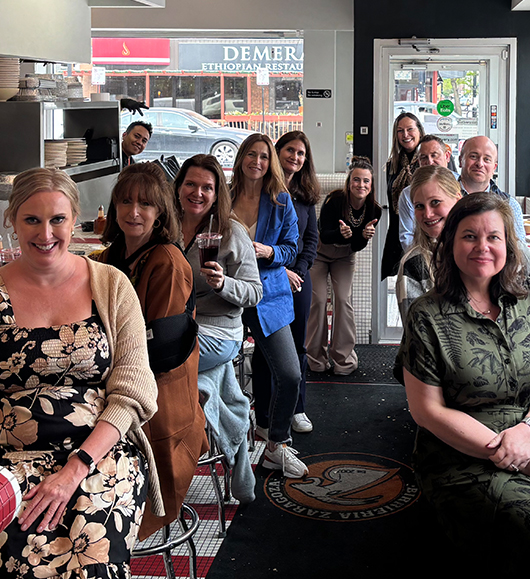Sorry, This Post Is No Longer Available.
Looks like the article you were looking for is out of commission. Please check out our other thought leadership content.
Looks like the article you were looking for is out of commission. Please check out our other thought leadership content.
←

Don’t Disappear Now: Why Meat Brands Must Keep Marketing Through the Chaos If you’re a CEO, CMO or VP of Marketing in the meat industry, you’re probably feeling the heat right now. Supply issues, market volatility, economic whispers of a slowdown, tariffs, fluctuating...

2025 Midyear Trends Update A lot of things can happen in a year. The world has seen several changes – political leadership transitions, evolving weather patterns, and continued technological advancements – particularly in AI. Looking back at Midan’s 2025 Top Trends...

Each May, as sure as the tulips blooming on Michigan Avenue, foodservice industry professionals from around the globe convene in Chicago for the National Restaurant Association (NRA) Show. With great anticipation, they come to network, promote, buy, sell, and learn...

by Michael Uetz
Understanding the why behind the buy is key to crafting messaging that drives trial and purchase. We’ve been digging into what motivates consumers — in January 2025, we conducted a survey evaluating messaging around topics in health, sustainability, regenerative...

Consumers might be tightening their grocery budgets, but there's one trend bucking this cautious approach: affordable indulgence. Meat industry professionals, particularly packers and processors, need to tune into this trend, as premium brands are experiencing...
Thank you for your interest in Midan Marketing’s research. Please complete the form below to download the free Insights Report for our Meat Consumer Segmentation 3.0 research. By submitting your email to download this free content, you are subscribing to our industry emails.
"(Required)" indicates required fields
"(Required)" indicates required fields
"(Required)" indicates required fields
"(Required)" indicates required fields
"(Required)" indicates required fields
"(Required)" indicates required fields
"(Required)" indicates required fields
"(Required)" indicates required fields
"(Required)" indicates required fields
"(Required)" indicates required fields
Midan intends to comply with provisions of the California Consumer Privacy Act and similar laws. If you believe we possess any of your personal information and would like to inspect or remove it, please contact Scott Smith.